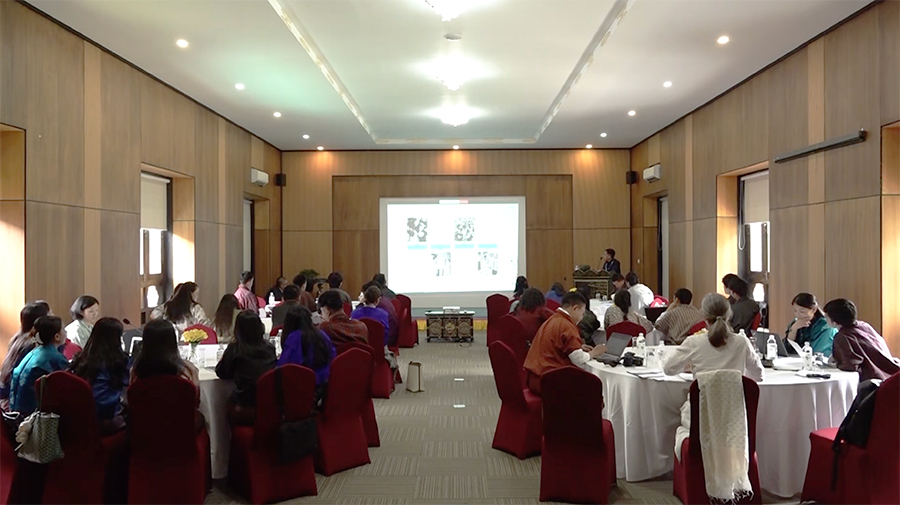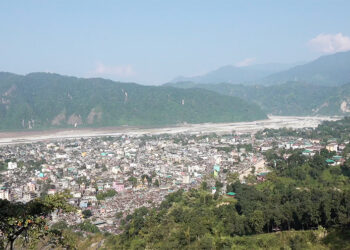 Concerned about the potential harm of reporting stories on children, the National Commission for Women and Children (NCWC) and UNICEF Bhutan are calling for stricter editorial standards in child-related reporting. The two-day workshop held in Paro, attended by more than 20 local reporters and editors, focused on protecting children’s rights, privacy, and dignity in media coverage. While media attention on child abuse is vital, experts warn it can also cause harm if not handled with care.
Concerned about the potential harm of reporting stories on children, the National Commission for Women and Children (NCWC) and UNICEF Bhutan are calling for stricter editorial standards in child-related reporting. The two-day workshop held in Paro, attended by more than 20 local reporters and editors, focused on protecting children’s rights, privacy, and dignity in media coverage. While media attention on child abuse is vital, experts warn it can also cause harm if not handled with care.
As media attention grows on issues like abuse, neglect, and child protection failures, there is also rising concern that coverage, however well-intentioned, can sometimes do more harm than good.
The workshop also revealed that publishing photos and personal information of children in the media has, in some cases, retraumatised both the children and their families.
Reena Thapa, the chief programme officer of NCWC said, “There is a need to support the professionalism of journalists who inform people on issues that really matter. And one such issue is the stories of children. We build the capacity of our journalists in portraying our children in media and also safeguarding their rights.”
Journalists explored practical ways to strengthen ethical reporting, learning how to go beyond surface-level anonymity, avoid sensationalism, and put the child’s best interest at the centre of editorial decisions.
Scenario analysis and open editorial discussions helped participants apply these principles in real-world contexts.
While most media houses follow general editorial guidelines, there is no unified standard for child-sensitive reporting. This gap has led to inconsistent practices, especially among early-career journalists who often lack formal training in this area.
Sangay Rabten, a reporter from Business Bhutan said, “We have associations and organisations who always take care of media professionals. The reporters are regularly being trained. And as of today, UNICEF has been training us on how to report on children. With this, the reporters, especially the new ones they are more equipped to write on children and maintain balance when reporting on children.”
Chencho Dema, a reporter from Kuensel said, “Sometimes, because we are not trained, we do not know what to include or omit from our news scripts. And sometimes we end up including children’s names or ages or where they stay. Because these are sensitive, we end up compromising children’s safety.”
UNICEF Bhutan and NCWC urged newsrooms to institutionalise the lessons by developing formal editorial protocols, training staff regularly, and strengthening cooperation with child protection agencies.
They also called for a broader public awareness campaign to educate not only journalists, but parents, teachers, community leaders, and readers about what ethical child reporting looks like, and why it matters.
Karma Samten Wangda
Edited by Kipchu








